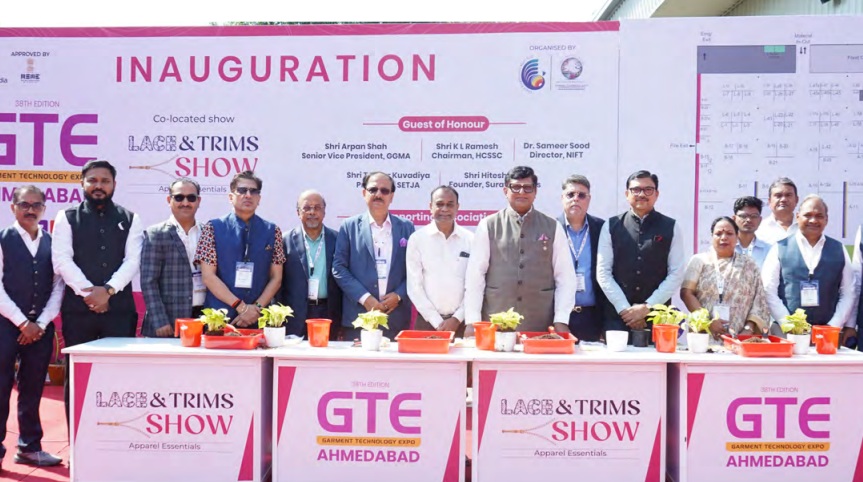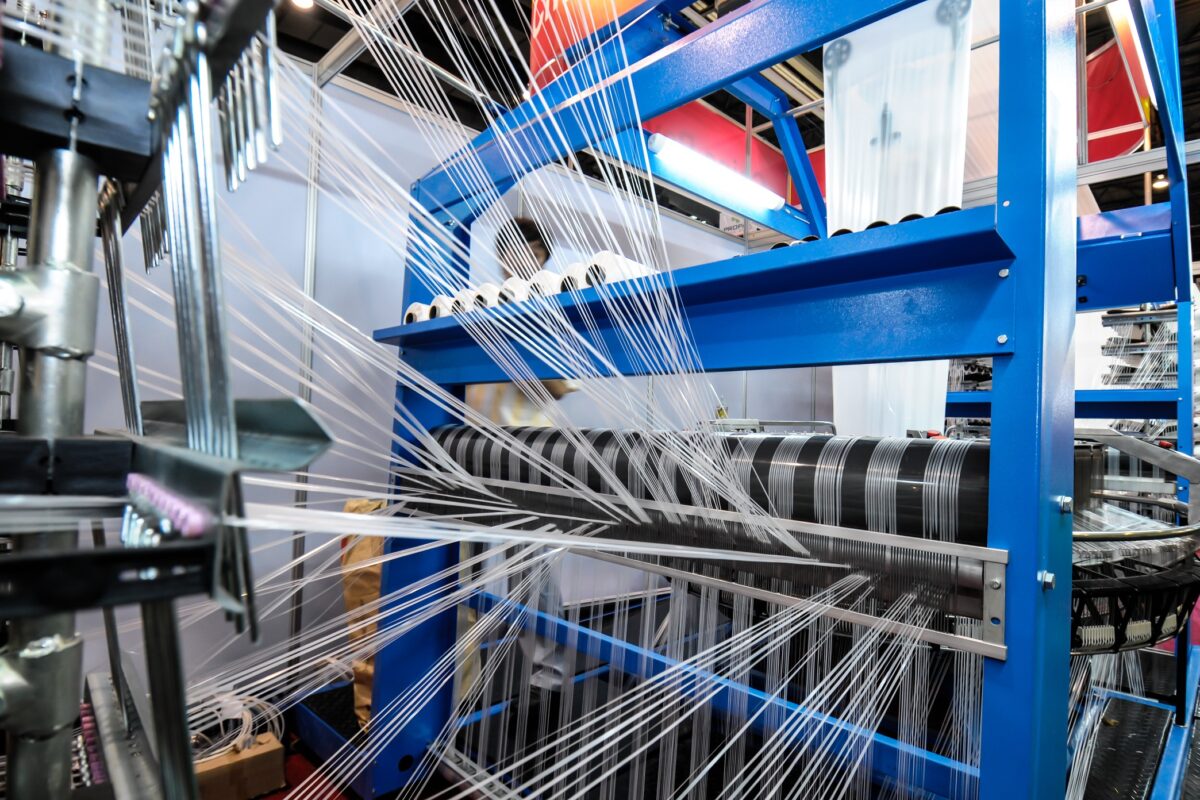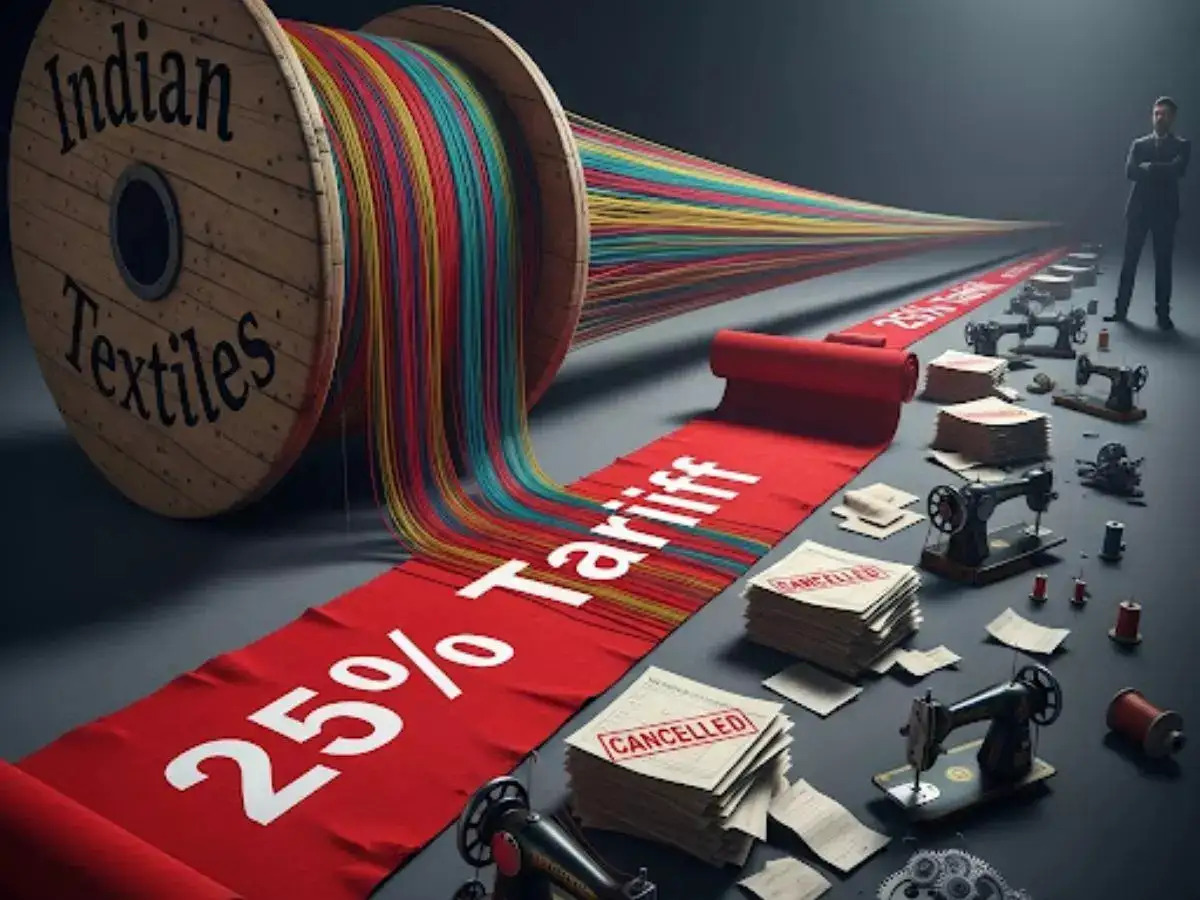FW
According to valuation consultancy, Brand Finance China’s value increased by 40 per cent in 2019. Globally, developing economies on an average saw 31.3 times faster brand value growth over the past year than developed ones. The average year-on-year nation brand value growth among developing economies stood at 13.9 per cent compared to as little as 0.4 per cent for developed economies. The United States recorded a brand value growth of seven per cent over the past year.
The US and China, the two largest economies in the world, have been at loggerheads since July 2018 in a bitter trade war, with tariffs imposed by both sides on billions of dollars’ worth of imports and exports. Despite this, China’s brand value has defied expectations of a slowdown, benefitting from the success of some of its most dominant brands, including ICBC, Huawei and Alibaba. The last two have incorporated strong marketing strategies that mirror their international counterparts and have proved themselves as legitimate competitors to western brands.
Every country aims to drive some form of competitive advantage for their products through the country’s brand image. Some use tourism advertising, some FDI campaigns, and some global events such as the Olympics.
According to recent study by the US Fashion Industry Association (USFIA), despite slipping to the sixth position as a preferred sourcing destination for US-based apparel and fashion companies, majority of the buyers expressed an interest in increasing their sourcing from the country in 2019.
Bangladesh’s RMG exports to the USA, from January-August 2019, grew by 11.81 percent compared to that in the corresponding period of 2018. The data from the Office of Textiles and Apparel reveals that the country earned US $4.08 billion in the first eight months of 2019 from its RMG exports as against US$3.65 billion earned during January-August period of 2018.Experts and exporters opined that this growth was possible due to shifting work orders from China in the wake of trade war.
A recent study of Asian Development Bank also stated the trade war between China and the US has become a boon for Bangladesh as the country exported a total of US$4.23 billion in textile and apparel items to the US during January-August period of 2019.
After the Rana Plaza building collapse in 2013, Bangladesh’s apparel exports to US declined in 2014 and stood at US$4.83 billion which was US$4.95 billion in 2013.
In 2015, exports rose to $5.40 billion but continued declining in next two consecutive years. In 2017 and 2018, the country earned US$5.06 billion and $5.40 billion respectively from garment exports to US.
Expressing serious concern over lower cotton output, the All Pakistan Textile Mills Association (APTMA) recently urged the Pakistani government to remove duty and taxes on the import of raw cotton to support the domestic textile industry.
APTMA urged the government to immediately withdraw the 3 per cent customs duty, 2 per cent additional duty and 5 per cent sales tax imposed on the import of raw cotton to enable the textile industry to meet its requirements for domestic as well as for export orders.
Initial estimates show there is a shortfall of 5 million cotton bales between demand and supply during this season. Domestic raw cotton prices are now higher than those of imported cotton and if this continues, then the textile industry will be rendered uncompetitive. The initial cotton crop estimate was around 15 million bales; later it was revised up to 12 million bales and now as per second revision, the cotton crop may be 10.2 million bales. However, recent market survey suggests cotton output at the end of this season will be even lower than 10 million bales as against the domestic industry demand of 15 million bales. Comparative analysis of cotton arrival up to October 1 this year versus the same day last year shows a 39 per cent decline.
"With 1014 exhibitors from 25 countries, Texworld Paris once again asserted their dominance as undisputed leaders of sourcing for fabrics, components, trimmings and materials for the clothing industry. Spread across three halls in September, these remarkable events for anyone involved in creating fashion proved to be a real hub for finding inspiration and for procurement aimed at European and global buyers as a whole."
 With 1014 exhibitors from 25 countries, Texworld Paris once again asserted their dominance as undisputed leaders of sourcing for fabrics, components, trimmings and materials for the clothing industry. Spread across three halls in September, these remarkable events for anyone involved in creating fashion proved to be a real hub for finding inspiration and for procurement aimed at European and global buyers as a whole. The commitments made by Messe Frankfurt to encourage expressions of creativity in the major producing countries of Asia or its endeavours to provide greater exposure for companies, which are adopting new approaches as regards sustainable development, have been rewarded this year.
With 1014 exhibitors from 25 countries, Texworld Paris once again asserted their dominance as undisputed leaders of sourcing for fabrics, components, trimmings and materials for the clothing industry. Spread across three halls in September, these remarkable events for anyone involved in creating fashion proved to be a real hub for finding inspiration and for procurement aimed at European and global buyers as a whole. The commitments made by Messe Frankfurt to encourage expressions of creativity in the major producing countries of Asia or its endeavours to provide greater exposure for companies, which are adopting new approaches as regards sustainable development, have been rewarded this year.
The ranges for sustainable sourcing, especially noticeable this year at Texworld Paris, represented a selection,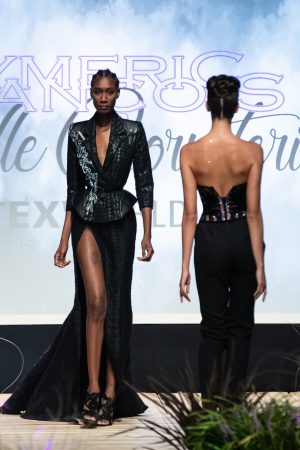 which is growing in size, of almost 80 suppliers, who offered fabrics with GOTS (Global Organic Textile Standard), Organic Exchange, Bluesign, SA8000 or WRAP certifications, as part of a very comprehensive choice of lines and materials.
which is growing in size, of almost 80 suppliers, who offered fabrics with GOTS (Global Organic Textile Standard), Organic Exchange, Bluesign, SA8000 or WRAP certifications, as part of a very comprehensive choice of lines and materials.
Special signage this year allowed visitors to identify added environmental value offered by exhibitors, depending on whether it related to eco-friendly or bio-based materials, environmentally friendly processes or certified social standards and fair trade, or all of these advantages together (eco-friendly materials and procedures plus social standards). Similarly, following the “Artisan” circuit, which was first introduced in February and which was packed during this autumn’s show, allowed buyers on the lookout for short runs to find suppliers whose offers matched their requirements and were frequently based on traditional craftsmanship.
As ever, Texworld‘s artistic directors showcased the current styles at the show in two Trends areas, the general Trends Forum and the Sustainable Trends Forum, in order to demonstrate the creative capacity of exhibitors at Texworld Paris. Going by the name Réenchantement, the trends focussed on four themes: Apocalyptic Fascination, Immemorial Spell, Synthetic Dazzle and Astral Ecstasy. Both visitors and exhibitors signalled their approval. It allowed everyone to be organised and to explore the different trends presented at Texworld Paris from a purely creative angle in just one place.
The major players in the clothing sector for their part targeted their searches towards the additional services offered by the 29 exhibitors in the Elite segment. This area once again was a resounding success with buyers, in particular European ones, who recognised the quality offered by the selected exhibitors. These firms, known for their quality, competitiveness, responsiveness and services, are able to provide a response for the most cutting-edge and discerning markets for global fashion designer labels. There were seven newcomers, including six Turkish firms and one Chinese company. This did not go unnoticed by contractors. They were very busy in this area that is particular appreciated by ready-to-wear labels: “a consistent and interesting space that is very suitable for making for high-calibre contacts” explains Omar Kaskas, manager at Kaskas Co.
This blend of competitive and creative approaches was rounded off this year by a series of exhibitions, such as that devoted to the Dinan International Festival for Fashion Designers, where prize winners (Anaël Paris, Daniela Schmid and Damko) showed their collections in a fashion area located between Hall 2 and 3. This extremely busy area also hosted the Replica exhibition, organised around a creative dialogue between students at HEAR and Chinese clothing manufacturers. Supported by the Messe Frankfurt France trade fairs, the design students at Haute École des Arts du Rhin (HEAR) presented the results of their discussions and their work with five Chinese clothing manufacturers, weavers and embroiderers, who were exhibitors at the Apparel Sourcing and Texworld Paris shows.
To be held from October 16-17, 2019 in London, Textile Forum will showcase around 100 collections of quality fashion fabrics – from silks, laces, embroideries and cottons through to woolens, leather and faux fur - an increasing number of which tell a sustainable, eco friendly story.
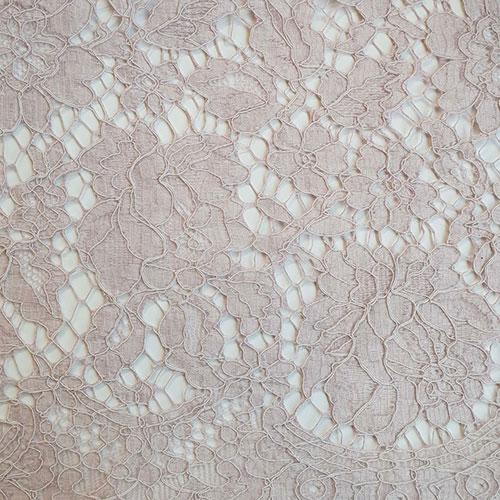
The show will feature fabric companies such as Litmans, Bennett Silks, Partap, Ringhart, JMR and Carrington alongside new exhibitors including Abraham Moon & Sons, with its woolens, digital printers Faering, fur fabric specialist CRS, Spirit Lace Enterprise and London Trimmings.

Michael’s Bridal Fabrics will launch its first range of eco friendly fabrics at the show. The brand will introduce a new duchess satin range with recycled polyester, a recycled polyester/silk Mikado and the company's first French lace with organic cotton, combined with viscose.
Pongees will introduce more classic and on trend colors within its washed crepe de chine, washed georgette, hammered satin, jersey and twill qualities.
"With the recession leading to the rise of numerous direct-to-consumers brands that offer quality, value and luxury at affordable prices, traditional retailers are scrambling to modernise their stores. Caught unawares by the rise of new, modern consumer, these retailers began redesigning their brick and mortar stores as experiential centers where commerce is just one of the many activities that takes places. However, tightening budgets are likely to thrust these upgradation plans into a limbo."
 With the recession leading to the rise of numerous direct-to-consumers brands that offer quality, value and luxury at affordable prices, traditional retailers are scrambling to modernise their stores. Caught unawares by the rise of new, modern consumer, these retailers began redesigning their brick and mortar stores as experiential centers where commerce is just one of the many activities that takes places. However, tightening budgets are likely to thrust these upgradation plans into a limbo. Tech investments are likely to suffer due to the current hard times though they won’t be drastically cut.
With the recession leading to the rise of numerous direct-to-consumers brands that offer quality, value and luxury at affordable prices, traditional retailers are scrambling to modernise their stores. Caught unawares by the rise of new, modern consumer, these retailers began redesigning their brick and mortar stores as experiential centers where commerce is just one of the many activities that takes places. However, tightening budgets are likely to thrust these upgradation plans into a limbo. Tech investments are likely to suffer due to the current hard times though they won’t be drastically cut.
Growing preference for the cloud software
One change that recession could bring along is brands’ adoption of cloud software which offers greater flexibility and lower overhead to reduce the expense of their IT payroll. As Suketu Gandhi, partner in the digital transformation practice of AT Kearney, a global strategy and management consulting firm, notes cloud stands to be the big winner in contracting economic growth as it helps retailers rewrite many of their “paused” tech projects from scratch. These retailers will continue to invest in competitive pricing tools, inventory visibility checkout technologies and other initiatives that enhance customer experience.
and lower overhead to reduce the expense of their IT payroll. As Suketu Gandhi, partner in the digital transformation practice of AT Kearney, a global strategy and management consulting firm, notes cloud stands to be the big winner in contracting economic growth as it helps retailers rewrite many of their “paused” tech projects from scratch. These retailers will continue to invest in competitive pricing tools, inventory visibility checkout technologies and other initiatives that enhance customer experience.
Need to double tech investments
Customer experience will be front and central though retailers will continue to serve their needs. Micheal Kim, Vice-President of data and analytics at AArete, advises companies to double their technology investments to ensure a seamless experience to their consumers. He also encourages them to leverage the e-commerce channels for retail as according to him, technological investments that enhance a customer’s digital experience through e-commerce pushes loyalty in the hardest of times.
Forrester vice president and principal analyst Sucharita Kodali also agrees that consumers’ growing interest in digital shopping channels will drive more investments in online channels. These retailers have been steadily investing in BOPIS software. However, these investments are being curtailed due to recession and sadly companies rushing to cut them first are ones that are emerging as winners.
"Though buyers at the recently held New York City trade shows - -Coterie, Moda, Fame for Apparel and The Accessories Show-pondered over new collections for the Spring/Summer 2020 and Fall/Winter 2019 seasons; increasing tariffs on US imports fueling a trade war between the US and China, dominated most of their discussions."
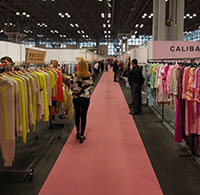 Though buyers at the recently held New York City trade shows - -Coterie, Moda, Fame for Apparel and The Accessories Show-pondered over new collections for the Spring/Summer 2020 and Fall/Winter 2019 seasons; increasing tariffs on US imports fueling a trade war between the US and China, dominated most of their discussions.
Though buyers at the recently held New York City trade shows - -Coterie, Moda, Fame for Apparel and The Accessories Show-pondered over new collections for the Spring/Summer 2020 and Fall/Winter 2019 seasons; increasing tariffs on US imports fueling a trade war between the US and China, dominated most of their discussions.
The best visitor flow at Coterie
Among all four, booths at Coterie, representing higher-end contemporary brands, attracted the best and most consistent traffic flow. The Spring/Summer ready-to-wear Black Label collection by the Khardashian siblings received a positive response from both buyers and media while at the same time the beach apparel collection For Love & Lemons generated fantastic traffic. Similarly.,Gretchen Neal, who combines casual styling with fine Italian cashmere and linens, had a number of repeat orders. Her collection retailed from $400-$500 per item.
Consistent buyer attendance at Moda
At the moderately priced contemporary show Moda, apparel brand Berek witnessed a consistent flow of buyers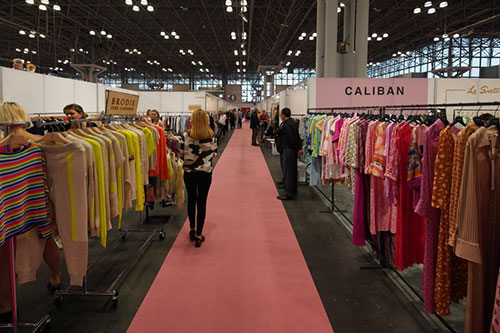 for its tops and jackets that were priced in the range of $24-$124. The interest of the buyers was divided between the brands spring collection and those available for immediate deliveries.
for its tops and jackets that were priced in the range of $24-$124. The interest of the buyers was divided between the brands spring collection and those available for immediate deliveries.
Ryan Knopp, owner of the Esqualo apparel brand, who showcased his Spring/Summer 2020 collections noted that many buyers focused on immediate shipment for fall/winter 2019. Some of the, even requested the brand to deliver items in the Spring/Summer collections immediately even though their deliveries were set between January and March 2020. Blouses in this collection retailed at $32, while tees were sold for around $20, dresses for around mid-$30s and skirts were priced below $30. Knopp plans to raise the prices of his clothing items by one dollar for sales in both US and Canada to offset increased costs due the increased tariffs.
Emphasis on quality, delivery to deal with recession
Tony Drockton, Chief People Officer at Hammit, a handbag and accessories brand doesn’t anticipate a slowdown in sales due to the fear of a recession. Emphasis on quality enables the brand to deal with ongoing difficult times. Though Hammit has been raising prices every year for the past three years, there is no rolling back of prices so far. In fact, the brand’s pricing strategy has helped it to deal with increasing production costs due to an increase in tariffs. In future though Drockton would like to see solution to the ongoing trade, on his part, he plans to stick with his production plans.
Drockton says, China offers highest quality in supply chain and timely delivery. He reveals that several firms that moved their production from China to new factories outside have been dealing with late deliveries or have suffered quality issues.
Fame sees a decline in visitor turnout
Contemporary show Fame, which targeted younger consumers in the juniors or teen markets has seen a dip in visitor attendance at the show is with the current traffic being a repeat of earlier editions. As Mathew Choi, Sales Manager for Sneak Peak noted, many buyers have been pulling back on their orders at the show as the increasing number of vendors provides them more options to choose from. Digital platforms are also establishing their presence at Fame. One such platform, Fashion Go launched six vendors at the show out of the 1,000 on its site. These included brands such as Listicle, Sophie Maries and denim brand Just USA.
Cash-and-carry enables purchases
Few years ago, UBM, which operates these shows, introduced a “cash-and-carry” component to them. The idea behind this was to provide buyers with an opportunity to make purchases on the spot which they can take with them.
The Trinkets section garnered significant attention from buyers with vendors purchasing around sold $7 bracelets and $8 to $13 necklaces.
Brand Licensing Europe (BLE) 2020, which took place at the UK’s ExCeL London, welcomed 8,062 visitors and 268 exhibitors, a record number for the show’s history.
The event was dedicated to brand licensing and extension, connecting big names such as Manchester City FC and Nintendo with product makers who can extend their brands. It was held at ExCeL London from October 06-08, 2019.
The Next year, it will focus on fashion licensing, through apparel, footwear, accessories and beauty. Early stage plans include a live catwalk, with dramatic themed shows beamed onto every digital screen throughout the venue.
BLE 2020 will also explore fast fashion, haute couture collaborations, sustainability, the economy and more.
C.L.A.S.S., the global platform for sustainable materials, fibers and textiles for the fashion business will display its products at the Textile Exchange conference, the influential annual event organised by the eponymous certification agency and non-profit association, in Vancouver, Canada, from October 15-18, 2019. C.L.A.S.S. will display some of its most striking innovations at this conference including its regenerated cellulose fibre Bemberg by Asahi Kasei. Denim brand Candiani Denim will present a range of responsible denim products - from the rigid ReGen to stretch ReLast developed with Roica premium stretch fibres.
Also on show will also be the E.C.O. Kosmos ‘cross collection’ and sustainable path by textile, leather and fashion components manufacturer Italian Converter. Manteco will present the unique BiBye, Woolten and Project43 fabrics, together with the Next Generation of Recycled Wool, where sustainability combines with beauty. Premium stretch fibre Roica by Asahi Kasei presents its Roica Eco-Smart family, the multi-certified range of sustainable stretch yarns.
Tintex will introduce WEME, a naturally advanced jersey that represents a multifaceted world and the fully tested and award winning Colorau Natural Dye commercial innovation. YKK company’s founding philosophy is the Cycle of Goodness, meaning that corporate responsibility, transparency and respect for the world.
Vietnam’s exports of garment-textile products in the first nine months of 2019 were up 9.2 per cent. The sector’s trade surplus was up 16.8 per cent. The income surge has been attributed to a shift of manufacturing units from China to Vietnam.
Once the free trade agreement with the EU comes into force, investments in Vietnam’s textile and garment industry are expected to increase further. There are over 2,000 textile and garment projects in the country. Vietnam’s supply chain diversification has been happening for a few years already, mainly driven by rising labor costs in China. Even before the trade war, Vietnam was getting attention because of the proximity to China and because of the existing infrastructure in the country. The full supply chain has been set up in the country for the past decade already.
But customers are avoiding long-term orders and trying to reduce prices, eating into firms’ profits. The yarn market witnessed a sharp decline in both demand and prices between the end of 2018 and the first quarter of 2019. Vietnam’s yarn producers, particularly those exporting products to China, have been hit the hardest by continuous price decreases. The situation is getting worse as these companies are facing fierce competition for orders from FDI-funded firms and those from Thailand, Indonesia, and Pakistan.






